Introduction
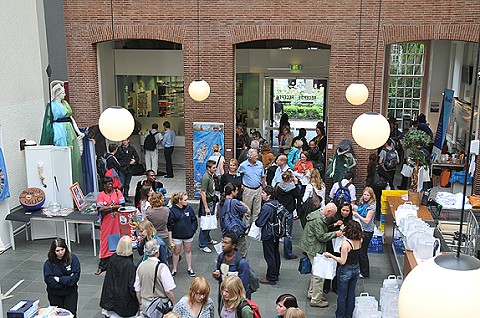
Having worked largely separately from the perspectives of their very different working conditions, they were confronted with each other's production and - finally - had some chance to meet face-to-face and explain their conditions and approaches to one another.
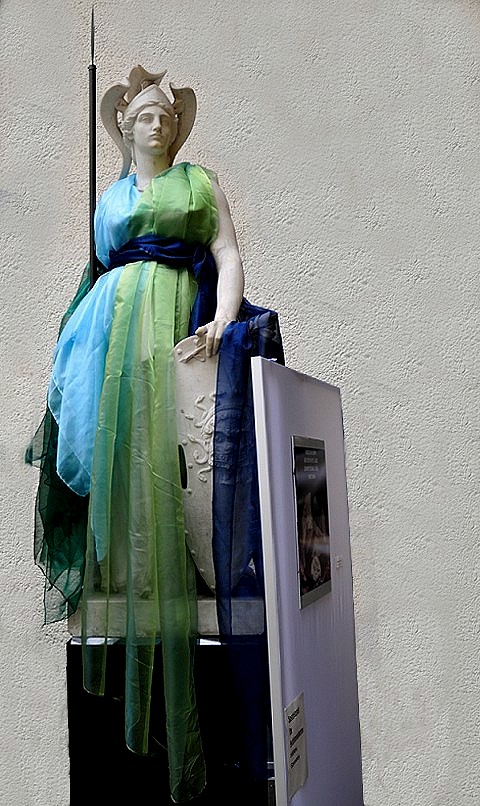
In Senegal, they are also connected to underinvestment into schools and thus few, if any, alternatives to fishing are available to young people in Kayar. Many have left in pirogues on the dangerous trip to the Canary Island trying to reach Spain and the EU in search of a better future. Many perish on this hazardous route from lack of water and food or drowned.
In the Niger Delta the anger and despair are great: the petroleum wealth of the region does not trickle down to the inhabitants, they only get the pollution and the violence surrounding the attempts to get a piece of the cake with force and the counter-violence of those wanting to protect the installations and keep people at bay.
The contrast could hardly be starker. Yet we are inextricably connected through the trade in fish, petroleum and guns, something that we did not think about in those terms before, but which became palpable during the exhibition.
Philomène Grégoire, an Initiative member in Amsterdam, organised a workshop during the MARE conference and the exhibition. It was centered on how we can also connect in playful ways with one another, while telling each other stories about our painted hands.
Have a look at her 'Hands on' workshop on YouTube, kindly prepared by Moira van Dijk. The pictures show moments of the workshop.
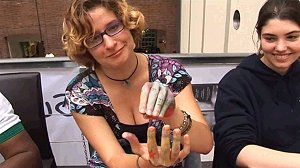 |
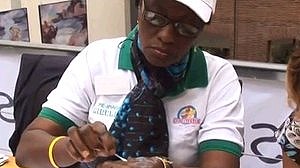 |
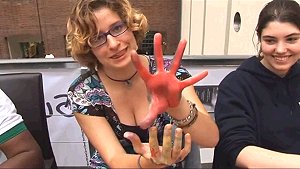 |
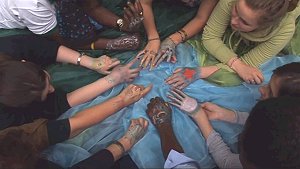 |
The mini-brochure about the exhibition can be downloaded here (780KB, pdf, format A4, original A5).
Photographs courtesy P. Bottoni.
Sponsored by Achte Ausstellungssysteme GmbH, Hilden, Germany.



























